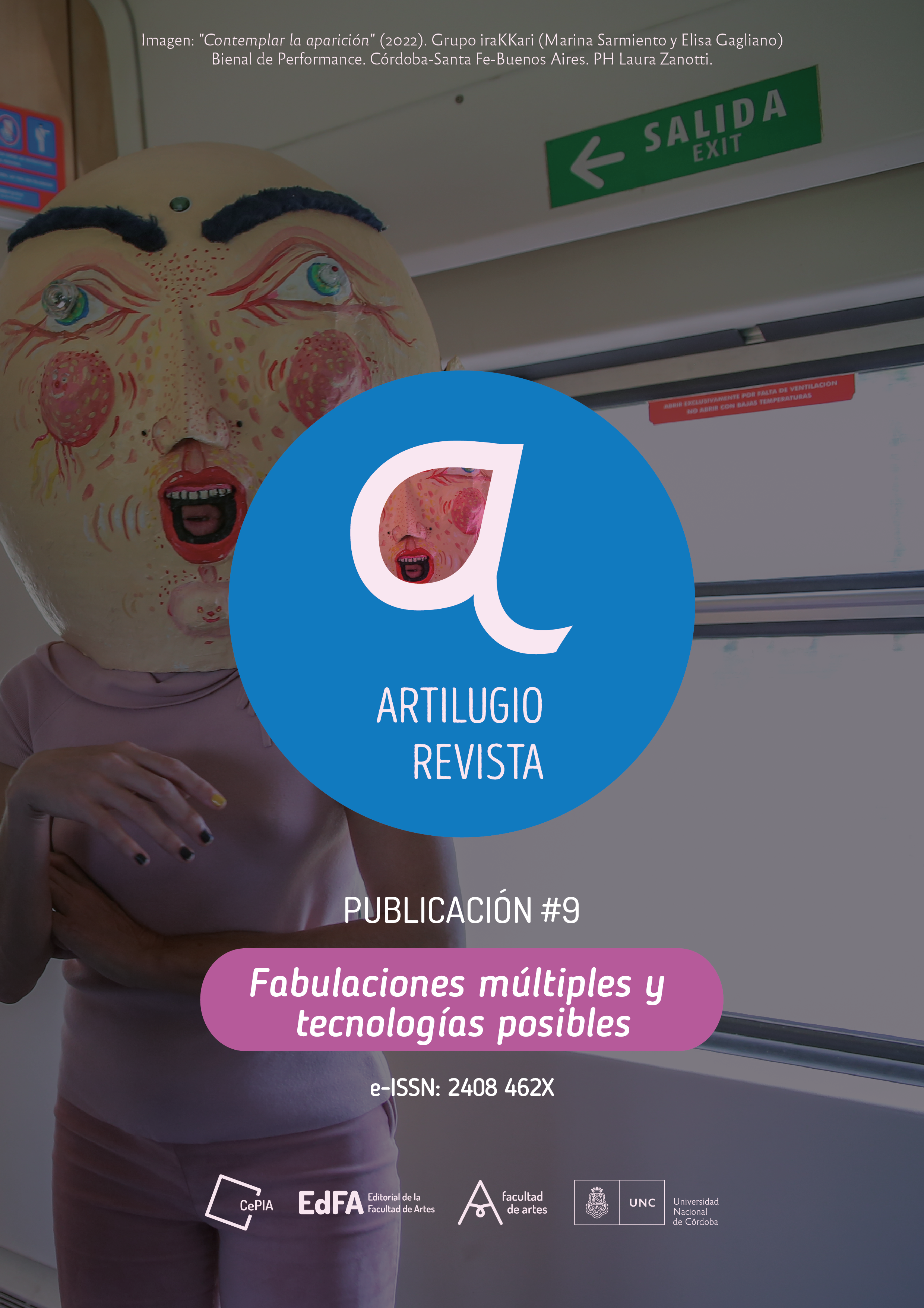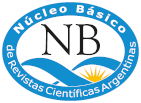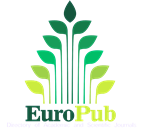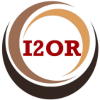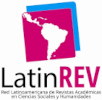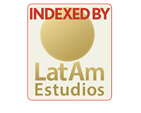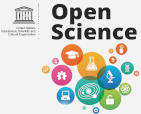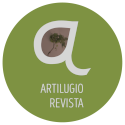Entanglements: scientific visualization of life in Irene Kopelman’s art practice
DOI:
https://doi.org/10.55443/artilugio.n9.2023.42023Keywords:
Contemporary art, Drawing, Microbiology, AnthropoceneAbstract
This article deals with a zone among the multiple relations between art and science: the use of a resource towards the scientific visualization of living organisms in Irene Kopelman’s art practice. On the basis of a series of considerations about the art practice as thought, the projects Reconstructing Time (2005) and Underwater Workstation (2016), are analyzed taking into account the montage with cases of scientific visualization. The aim is to understand the shifts and interventions being activated by the art practices. The iconographic, stylistic and material choices of the drawing are observed. The modelling and museum design alter the nature of the scientific visualization of the living issue. Likewise, the time dimension in the scientific and artistic doing identifies an issue: a historical time as well as a deep and geological time. The mangle roots and entanglement figures give access to the idea of surviving and at the same time continuing the interspecies coexistence matter in the planet.
Downloads
References
Alpers, S. (2016). El arte de describir. El arte holandés del siglo XVII. Ciudad Autónoma de Buenos Aires: Ampersand.
Alphen, E. V. (2006). ¿Qué Historia, la Historia de quién, Historia con qué propósito? Nociones de Historia en Historia del Arte y Estudios de Cultura Visual. Estudios Visuales, 3, pp. 80-97.
Bal, M. (1996). The discourse of the museum. En Thinking about exhibitions (p. 13). New York: Routledge.
Bal, M. (2016). Tiempos trastornados. Análisis, historias y políticas de la mirada. Madrid: Akal.
Bredekamp, H., Dünkel, V. y Schneider, B. (Eds.) (2015). Introduction: The Image. A Cultural Technology. En The technical image. A History of Styles in Scientific Imagery (pp. 48-58). Chicago: University of Chicago Press. DOI: https://doi.org/10.7208/chicago/9780226258980.001.0001
Bruhn, M. (2015). Visuality, visualizing, imaging. En H. Bredekamp, V. Dünkel y B. Schneider (Eds.), The technical image. A History of Styles in Scientific Imagery (pp. 126-129). Chicago: University of Chicago Press.
Damisch, H. (1994). The origin of perspective. Cambridge y Londres: The MIT Press.
Didi-Huberman, G. (2015). Ante el tiempo. Historia del arte y anacronismo de las imágenes. Ciudad Autónoma de Buenos Aires: Adriana Hidalgo.
Didi-Huberman, G. (2017). Prefacio. Saber-movimiento (el hombre que le hablaba a las mariposas). En Aby Warburg y la imagen en movimiento (pp. 17-26). Ciudad Autónoma de Buenos Aires: Libros UNA.
Elkins, J. (1992). On Visual Desperation and the Bodies of Protozoa. Representations, 40(40), pp. 33-56. https://doi.org/10.2307/2928739. DOI: https://doi.org/10.2307/2928739
Feller, C. (s. f.). Mangroves. Ocean. Smithsonian. https://ocean.si.edu/ocean-life/plants-algae/mangroves.
Findlen, P. (1994). Possessing Nature: Museums, Collecting, and Scientific Culture in Early Modern Italy. Berkeley: University of California Press.
Goodman, N. (1990). Maneras de hacer mundos. Ciudad Autónoma de Buenos Aires: La balsa de la Medusa.
Kopelman, I. (2005). Reconstructing Time. Artis Geological Museum, Amsterdam (Países Bajos). http://irenekopelman.com/site/assets/files/1059/2005_reconstructing_time-1.pdf.
Kopelman, I. (2014). Entanglement. Vertical Landscape. 8va Bienal de Berlín (Alemania). http://www.irenekopelman.com/es/projects/entanglement-vertical-landscape/.
Kopelman, I. (2015). Notas sobre representación. Citas y Sitios. https://www.coleccioncisneros.org/es/editorial/cite-site-sights/notas-sobre-representación. Consultado: 20/10/2020
Latour, B. (1986). Visualisation and cognition: Drawing things together. Knowledge and Society: Studies in the Sociology of Culture Past and Present, 6, pp. 1-40. https://doi.org/10.1002/9780470979587.ch9. DOI: https://doi.org/10.1002/9780470979587.ch9
Neri, J. (2011). The insect and the image. Visualizing nature in Early Modern Europe, 1500-1700. Minneapolis: University of Minnesota Press. DOI: https://doi.org/10.5749/minnesota/9780816667642.001.0001
Pallasmaa, J. (2012). La mano que piensa. Sabiduría existencial y corporal en la arquitectura. Barcelona: Gustavo Gili.
Pickering, A. (1993). The Mangle of Practice: Agency and Emergence in the Sociology of Science. American Journal of Sociology, 99(3), pp. 559-589. https://www.jstor.org/stable/2781283. DOI: https://doi.org/10.1086/230316
Suárez Guerrini, F. (2010). Las metáforas de la ciencia en la naturaleza y en la historia. En Usos de la ciencia en el arte argentino contemporáneo (pp. 28-56). La Plata: Papers Ediciones.
Wrisberg, H. A. (1765). Observationum de animalculis infusoriis satura. Gotinga: Vandenhoeck. DOI: https://doi.org/10.5962/bhl.title.11337
Published
How to Cite
Issue
Section
ARK
License
Copyright (c) 2023 Paula Bruno Garcén

This work is licensed under a Creative Commons Attribution-NonCommercial-ShareAlike 4.0 International License.

